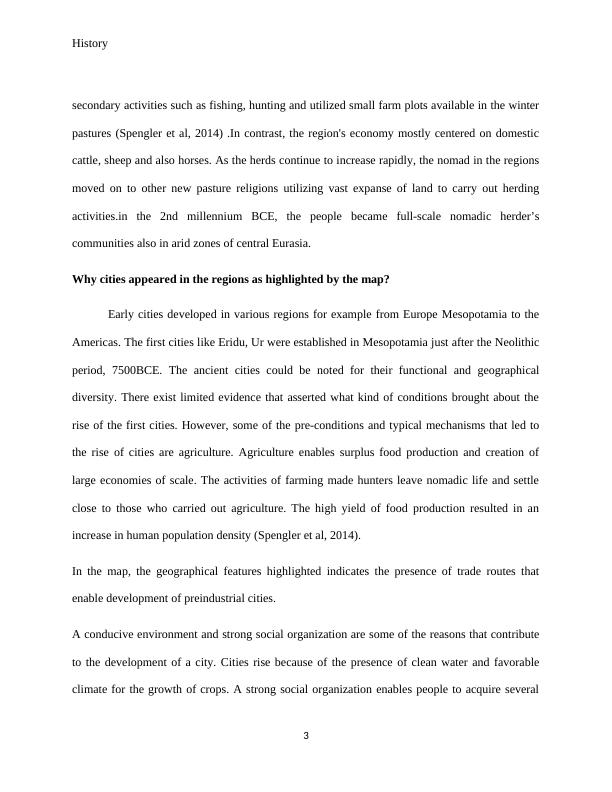Comparing Food Production from Tilling and Pastoralism in European Regions
Choose one of the two primary source exercises and write a 500-750 word response. Upload the response via the Turnitin.com link provided.
7 Pages1577 Words165 Views
Added on 2023-06-07
About This Document
This article compares and contrasts food production from tilling and pastoralism in European regions, highlighting the geographical and environmental factors that affect the interaction between nomadic pastoral and sedentary agricultural societies. It also discusses the meaning of ancient Mesopotamian beliefs on the gods and their effects on humans, the reaction of Gilgamesh to death and how it motivates his behavior, and the spread of other stories among neighboring cultures. The article references works by Spengler et al. and Mendlesohn & James.
Comparing Food Production from Tilling and Pastoralism in European Regions
Choose one of the two primary source exercises and write a 500-750 word response. Upload the response via the Turnitin.com link provided.
Added on 2023-06-07
ShareRelated Documents
End of preview
Want to access all the pages? Upload your documents or become a member.
Resources and Strategies Gaps Due to Poor farm Management
|6
|836
|54
Agriculture and Environmental (doc)
|20
|5509
|82
CISS6002 | Strategic Asia - Research Paper
|11
|3136
|59



